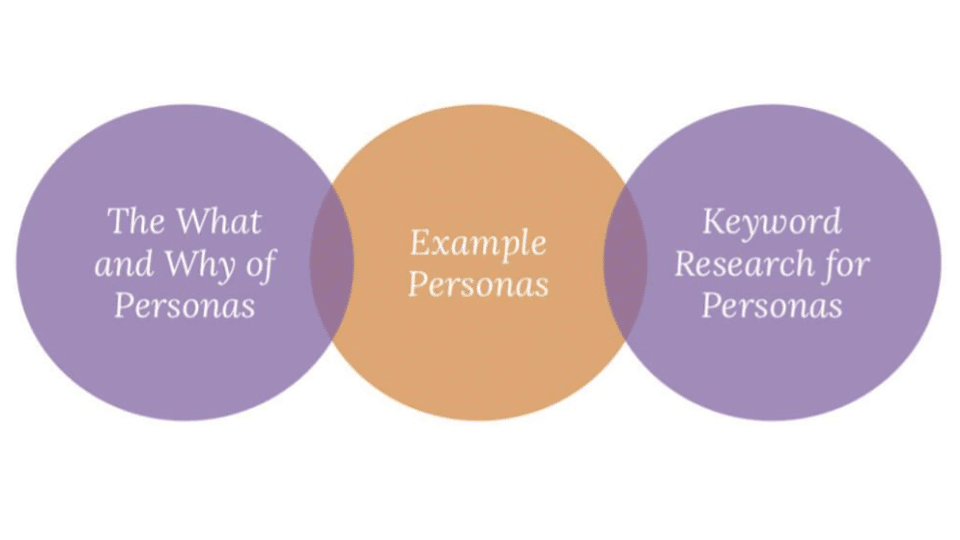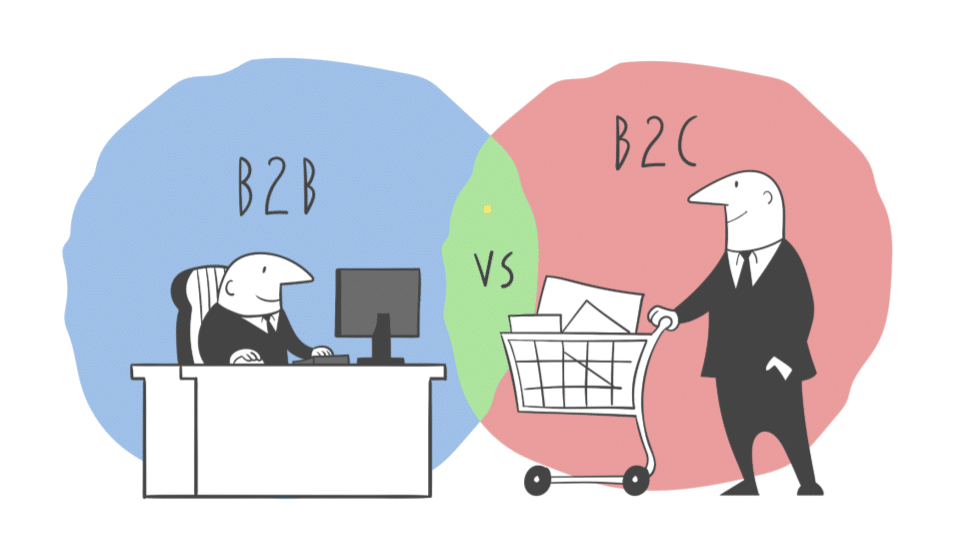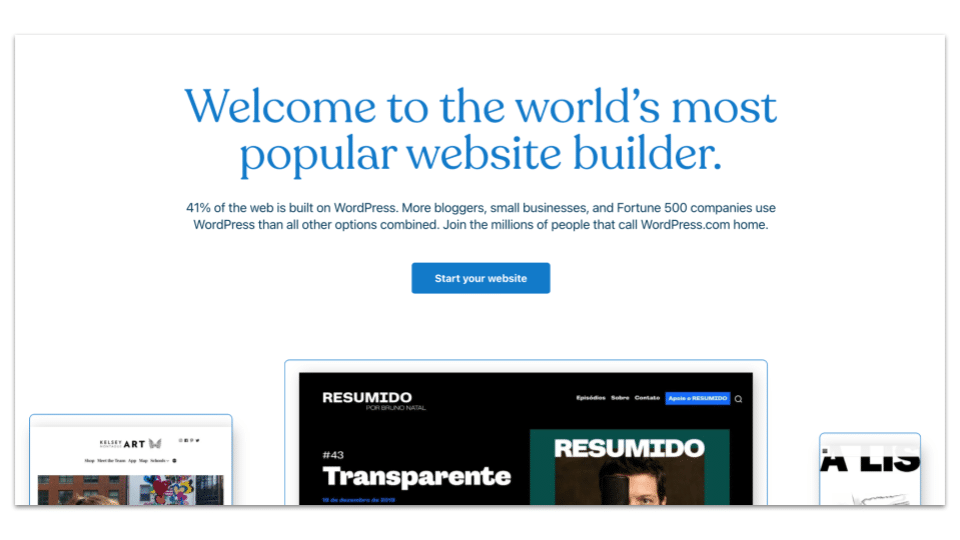It goes without saying that effective, well-designed websites are crucial to online success. And whilst any website must be easy on the eyes, visual appearance alone won’t necessitate conversions. A truly prosperous website is one that not only recognises and attracts optimal buyers, but also continually meets the needs of these buyers throughout their engagement with the website. To achieve this, you need to emphasise things like research, SEO, website structuring, content, and strategy.
Though this sounds daunting, it needn’t be. In this 5-step-guide we’ll look at how an attractive, engaging, and ultimately sales-converting website can be straightforwardly crafted, all without excessive cost to you and your business.
Step 1: Do your research!
It’s no good sailing a boat without nautical tools and knowing where you’re heading. Before you start planning your website project, you’ll need to build a plan based on equally thorough research. This includes three main considerations:
- Your existing site: You need to start with a thorough audit on where you are today. That means using Google Analytics and Google Search Console and behavioural analysis platforms (like Hotjar) to identify your keyword rankings, your best performing pages, and uncover how visitors interact with your existing site. This will help you understand what’s working and what’s not — and use that context to optimise changes and drive the website traffic.
- Your competition: The next step is to benchmark yourself against your main competitors. Keyword analysis tools like SEMrush can help you estimate competitor keyword rankings. However, it’s also valuable to simply look at how they present their product and services, and use that for design, copy, and UX inspiration, as well as differentiation niches.
- Industry trends: Design, navigation and content best practices are constantly changing. You don’t need to embrace every trend, but understanding the trajectory of website design — within your industry and more generally — can be extremely helpful. For example, parallax was all the rage in 2017, but would make your website look outdated today.
With this bedrock context, you start formulating an SEO, UX, and design strategy that will impact what’s on your new website, how it’s structured, and how it looks. Fundamentally, a lot of the rest of this article is about digging into those details.
Pro tip: When embarking on a new project, extra research is needed. But it’s important to remember that “research” is an ongoing process. Keep track of core metrics, user engagement and industry trends. Regular updates can go a long way to keeping a new website relevant for longer.

Step 2: Building your traffic strategy
Any successful site needs traffic, but traffic strategy requires a picture of your ideal customer, a value proposition for those customers, and a plan for appearing in their search results. You need to consider the following three factors —
‘Buyer personas’ & ‘negative personas’
Who are you hoping to attract and convert? To answer, it’s best to create certain ‘buyer personas’. This requires going beyond traditional details like age and gender, and moving towards understanding more complex demographics relating to professions, goals, potential success factors, the ‘pain points’ that need alleviating, and any preferences and motivations stemming from these.
After compiling this data, you’ll be able to craft a persona representing — either broadly or more specifically — an ideal customer of yours.
Pro tip: One savvy move is to create ‘negative personas’; those customers who don’t align with your products or services, and who subsequently shouldn’t factor into acquisition strategies. Optimal website design requires optimal buyer personas.
Value proposition
Before developing keyword and SEO strategies, you’ll need a clear picture of your ‘value proposition’. This involves what it is that you do as a business, in effect, it’s the value (and pain point relief) you propose to bring to the table.
This process shouldn’t be taken lightly, you need to seriously consider how realistic your proposition is, and then articulate it with clearness and specificity for prospective customers. Remember, they don’t know your business like you do.
Note: Multiple buyer personas might mean you need slightly differing value propositions, so don’t always view your value proposition in a ‘one-size-fits-all’ fashion.
Keyword strategies
Digital presence is absolutely key for B2B audiences, if you aren’t discoverable via search engines then your product simply won’t be viewed, let alone bought. This is where keyword strategies come in.
For these strategies, references back to initial (and ongoing) research will be crucial. To properly shortlist keywords you need to fully grasp their competitive nature, something which the analytics tools mentioned in the previous section can assist with. The combination of analytics, SEO optimisers, general research, and even educated guesses, is a holistic way to generate an ideal keyword shortlist and strategy.
It’s now time to thoroughly build both your value proposition and keyword strategy into the content and structure of your website. This helps ensure that your website ranks highly for chosen search terms, and such strategizing of website content is at heart SEO (see section 5). Just as buyer personas inform value propositions and keyword development, these features too should inform other areas of your wider website strategy. Effective B2B websites are best treated as a continually developing process where stages build on those that are prior.

Step 3: Structural planning
Using keyword strategies and value propositions as a springboard, it’s time to think about the structural design of your site. Consider the following —
Sitemaps
A preliminary way of organising these elements of your website is to build a sitemap. Sitemaps help you visualise how customers will navigate your website, and are also useful in understanding which pages will eventually be built.
Pro tip: Continual reference to buyer personas and keyword strategies are always wise when building anything like a sitemap. Sitemaps offer great opportunities to spot misalignment in these areas.
It’s safe to assume that most buyers don’t visit websites to read endless reams of text, or to be confronted with dozens of page options. Accordingly, keep the total number of pages stripped back to the essentials on your sitemap, and be clever when thinking about content placement.
For example, links in the footer to other pages, social media, or further information helps to keep customer experience fluid, which takes us nicely onto site navigation and the ‘buyer’s journey’.
Site navigation and the ‘buyer’s journey’
The buyer’s journey is exactly that — the journey undertaken by the buyer from when they first visit your website, right up until the point at which they decide to purchase — alongside any necessary aftercare.
Successful structural planning demands that content satisfies the needs of the buyer continually throughout their navigation of your site. Appreciating this gives you opportunities to pull punches at crucial times, and to also avoid potentially annoying site features like huge drop-down menus. For instance, if a particular page footer seems a key moment for conversion, you might decide to link case studies demonstrating your value, or to provide a demo or trial offer.
Lastly, bear in mind two important considerations —
- B2B vs B2C: Unlike B2C where the site’s job is to capture the interest of just one person, your B2B site needs to be designed in a way that demonstrates value to a people representing entire businesses. Structuring and navigation should take into account differing personas and levels of input, and this added complexity requires resources and time.
- Mobile compatibility: Mobile websites are no longer the clunky and unusable things they once were. Having a mobile-friendly site is just as important for user experience as a desktop-friendly one, and this too requires additional talent and effort to be put together.

Step 4: Design for acquisition, conversion, and retention
Website structuring centres around generating sales. But due care must also be given to acquiring new customers and retaining already existing ones, and this involves thinking about the general design, graphics, and content of your site. When it comes to design choices, consider these five factors —
- Pre-live design: Research-backed wireframes can be essential in plotting and reviewing acquisition and conversion before you go fully live, as wireframes grant you the ability to plan (and assess) how customer behaviours might play out across your website. Repeated testing and interpretation will give you a better idea of how your website acquires, converts, and retains customers.
- Content: Your site content is what should grab your customers’ attention. It’s all well and good having steady traffic generated by your keyword strategy and SEO, but if people don’t immediately like what they see they’ll go elsewhere. When done professionally, copy, infographics, imagery, and blogs can help convert old and prospective customers alike.
- Social proof: Social proofs are understood here as the testimonials of previous customers. By cleverly incorporating these testimonials into how your site is designed you can reassure any newer customers that they are in the right place to satisfy their needs. Naturally, these testimonials are particularly effective on the homepage.
- Personalisation: Similar to your buyer’s journey, personalised design aims to add value by enhancing user experience on your site. Well executed and satisfactory personalised user journeys are going to result in sales and retention.
- Interactive design: View this as a way to augment personalisation attempts. When users are able to toggle and modify their on-screen experience (based on their needs and preferences) they’ll feel more confident in your abilities to satisfy these needs and preferences.
Remember: There is a huge amount of scope here for you to be creative and try out different design features. Pre-live designs, written or video content, informative graphics, links to blogs, free trials, testimonials; these are potentially great ways of making the buyer feel at ease and to push them over the finishing line.
To avoid misunderstanding your customer’s needs however, these design variations should be backed by both data, best-in-class examples from sites like WordPress, and the talent.

Step 5: Optimisation
We’ve partly discussed ‘optimisation’ strictly in relation to SEO, but the term can also refer to a more strict drive towards on-site conversions. Here we’ll look at both uses in more detail.
Conversion optimisation
Structure and design will ensure that the needs of your customers have been satisfied throughout their buyer’s journey. But whilst it’s important to have customers willing to convert, your website still needs to provide them with ample opportunity to do so. Here you need to consider the ease in which you allow individuals to convert once they wish to do so, and having a singular contact page is unlikely to cut it.
Strategies to help:
The best solution is to have multiple conversion points dotted throughout your website. And remember, strategic conversion design doesn’t equate to being pushy.
Whether these conversion points take the form of contact options, general calls to action (like trials and pricing options), or a team to follow-up leads, they’ll leave you in a better position to seize upon customer satisfaction and interest, as and when it arises.
SEO
Organic search traffic is optimised by incorporating keyword strategies into website builds. When it comes to SEO, each page on your site should be seen as a tool to help the pages ‘above it’ (i.e. your more essential and heavy-lifting pages) rank higher.
Want to see where your website can improve? 📈
Get a FREE Audit today from us to receive an objective review of your website, as well as suggestions to optimise your approach.
Strategies to help:
The best way to improve where you (and your pages) rank in search results is to modify your page titles, descriptions, bodies of text, and supportive blogs to all feature select keywords.
Analytics tools can be great for clarifying how well you’re executing this method of SEO. In reviewing older content you can start to join dots between said content and any traffic generated. Based on these results you might lean more towards creating and publishing new content, or even repurposing successful older content.
Pro tip: Remember the effort that went into your keyword strategy and its relation to the other facets of your website. Use this strategy as a constant reference point for your current and future website design.
Seek outside expertise:
Whilst this guide can assist you in building a well-designed, engaging, and profitable website with high-traffic, there are numerous pitfalls that any site builder should be cautious of, including requirements of expertise and resources.
Having researchers, data analysers, SEO optimisers, designers, and writers in-house can be a serious financial cost, and not always needed post-website launch. Conversely, seeking freelancers who don’t specialise in the above (and who might not be in communication with one another) can result in a lack of cohesion, speed, and quality.
When it comes to B2B website building, an outside and qualified digital marketing agency can guarantee quality and efficiency, without demanding in-house costs and capacities. If this sounds like something your business needs, get in touch today for a free growth assessment.
